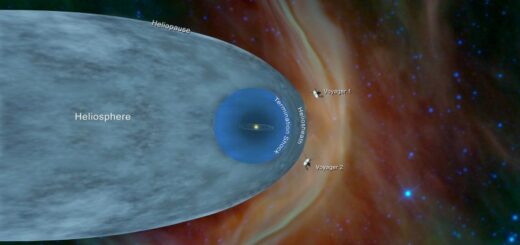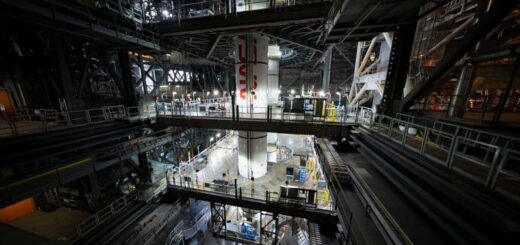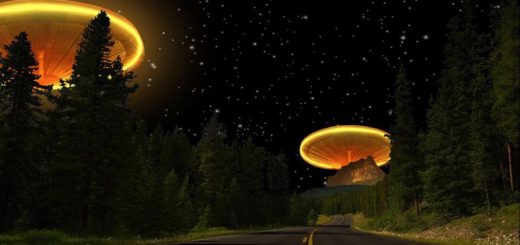Ancient Astronomical Observations Shed New Light On Solar Storms, Auroras And Other Celestial Phenomena

– Scientists are now studying ancient astronomical events to gain more knowledge about auroras and other celestial phenomena.
Many historical records that were previously labeled fiction are now taken seriously and it is believed there is much to be learned from our ancestors’ observations of the night sky.
A group of arts and sciences, researchers at Kyoto University and Japan’s National Institute of Polar Research (NIPR) and National Institute of Japanese Literature (NIJL) have used historical documents to garner better insight into the patterns of past solar events.
Meigetsuki (“The Record of the Clear Moon,” ca 1180-1241) by Fujiwara no Teika of Japan, and Song Shi (“History of Song,” commissioned 1343) from China, are two of many interesting ancient documents that describe magnetic storms and auroral sightings.
“An early Japanese record of prolonged auroras, that is, auroras that persisted for two or more nights within one week, was documented 21-23 February 1204 in Meigetsuki,” says lead researcher Ryuho Kataoka of NIPR. “At the same time in Song Shi, a large sunspot was recorded on the 21st.” Such sunspots are an indication of intense magnetic activity on the sun, including solar flares.
By looking further into Song Shi to see if there were additional indications of auroras between the years 900-1200, researchers discovered many accounts worthy of study.
“We found about ten incidents of prolonged auroras during this period,” continues Kyoto University historian Hisashi Hayakawa.
“When these dates were compared with radiocarbon data from tree rings, we noted decreased levels of carbon-14 , indicating increased levels of solar activity at these same points.”
See also:
Chaotic Solar System Responsible For Climate Changes – Ancient Rocks In Colorado Offer Evidence
Evidence Of Abnormal Solar Activity 7,000 Years Ago
Ancient Babylonian Astronomical Records Confirm Slowing Of Earth’s Spin
Probably The Oldest Star Map Discovered In Stone Chamber Of The Kitora Tomb, Asuka Nara, Japan
More About Astronomy
Based on the ancient astronomical events that were recorded, scientists conclude that auroras were more prevalent in the maximal phase of solar cycles rather than the minimum, and that during the sun’s least active cycle (1010-1050) no auroras were observed.
Meigetsuki the dairy of author Fujiwara no Teika contains for example the Tale of Genji and Ogura Hyakuninisshu, two famous Japanese works have long been regarded as fictional stories with little scientific value, but researchers have reason to believe the novels contain much information scientists should explore further.
“Frankly, his observations of the sky have been regarded mainly in the context of his fiction writing,” explains Terashima, “and not really valued for their scientific specificity. We now realize that Meigetsuki in fact provides a lucid and accurate account of celestial conditions of the period.”
A possible new understanding of classical Japanese literature may even result, expanding the cross-pollinating effects of the research.
“Combining literature, tree ring dating, and space observation, we have uncovered clear patterns in solar activity and astronomical events,” says Kyoto University space scientist Hiroaki Isobe.
“In the present day, large solar storms can significantly disrupt power grids and satellites. We are ever more susceptible to solar events, and the insight gained through historical documents allows us to better predict and prepare for the future.”



 Creators of mankind
Creators of mankind Description of “Tall white aliens”
Description of “Tall white aliens” Where they came from?
Where they came from? About hostile civilizations
About hostile civilizations The war for the Earth
The war for the Earth “Tall white aliens” about eternal life
“Tall white aliens” about eternal life Video: “Nordic aliens”
Video: “Nordic aliens” Aliens
Aliens Alien encounters
Alien encounters The aliens base
The aliens base UFO
UFO Technology UFO
Technology UFO Underground civilization
Underground civilization Ancient alien artifacts
Ancient alien artifacts Military and UFO
Military and UFO Mysteries and hypotheses
Mysteries and hypotheses Scientific facts
Scientific facts


















